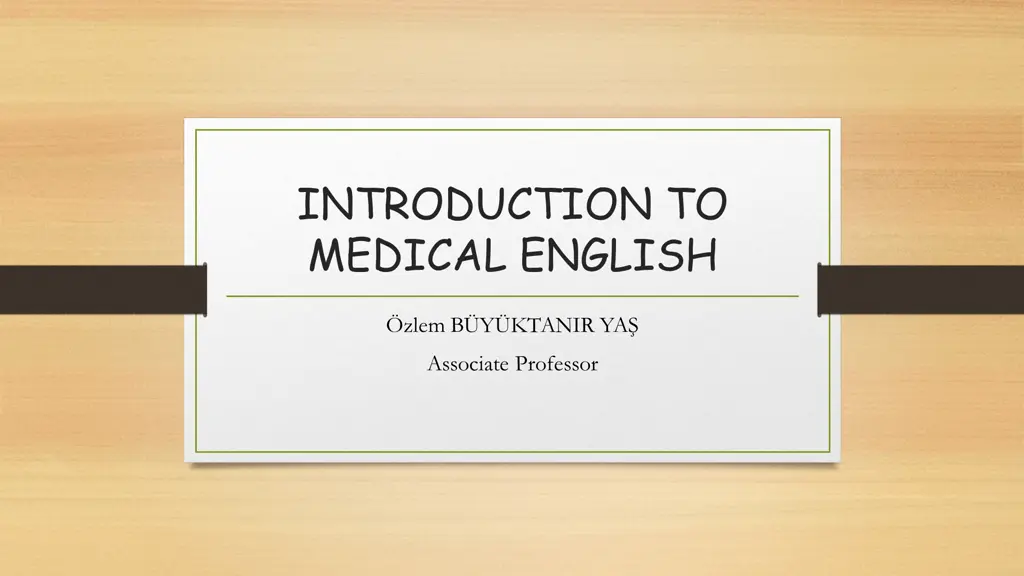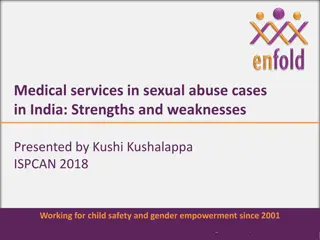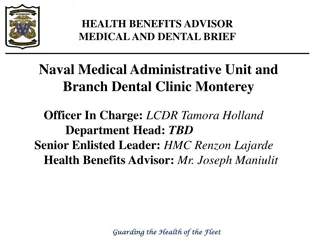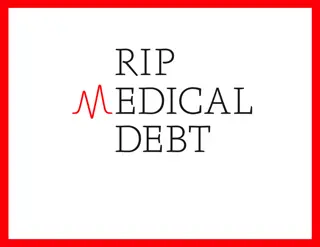Introduction to Medical English
A comprehensive guide to medical terminology and concepts, designed for healthcare professionals and students. Includes definitions, examples, and exercises.
- Medical English
- healthcare terminology
- medical concepts
- healthcare professionals
- medical students
- definitions
- examples
- exercises
Download Presentation

Please find below an Image/Link to download the presentation.
The content on the website is provided AS IS for your information and personal use only. It may not be sold, licensed, or shared on other websites without obtaining consent from the author. Download presentation by click this link. If you encounter any issues during the download, it is possible that the publisher has removed the file from their server.
E N D
Presentation Transcript
INTRODUCTION TO MEDICAL ENGLISH zlem B Y KTANIR YA Associate Professor
VETERNER TERMNOLOJ VETERINARY TERMINOLOGY PetPrescription A Anthelmintic: A product that kills helminths or worms Antiseptic: A substance that can be applied to a surface to make it free from germs Arrhythmia: A heart beat that does not have a normal rhythm Ascities: An abnormal build up of fluid in the abdomen often causing it to look distended Ataxia: An abnormal gait when walking or running Aural: Relating to the ears Auscultation: The act of listening with a stethoscope
B Benign: A word used to describe tumours which do not spread Bilateral: Meaning on both sides Biopsy: Taking a small sample for further testing, usually refers to tumours or the skin Bradycardia: A heart beat that is slower than normal
C Cardiac: Relating to the heart Cestodes: Another word for tapeworms Chronic: Used to describe an illness that has been going on for a prolonged period of time Colitis: Inflammation of the large intestine producing diarrhoea, often with blood Congenital: A condition that has been present since birth Cryptorchid: One or both testicles have not descended and are retained in the abdomen Cystitis: Inflammation of the bladder resulting in discomfort when urinating Cytology: The study of cells through a microscope
D Debride: Removing dead tissue from a wound Defecation: The act of passing faeces Diuretics: Drugs used to prevent or reduce water retention in the body Dyspnoea: Difficulty with breathing Dystocia: Difficulties in giving birth or whelping
Infection Colonization of an organism by microbes, resulting in disease. Infection begins when an organism successfully colonizes by entering the body, growing and multiplying.
How can we protect ourselves against an infection ?
Protection Hygiene: Set of practices perceived by a community to be associated with the preservation of health and healthy living. Hand hygiene: Defined as hand washing or washing hands with soap and water or using a waterless hand sanitizer.
Protection Contamination: The presence of microbes in material, physical body, natural environment, at a workplace, etc.
Protection How can we remove contamination?
Protection Disinfection: A process in which pathogenic organisms, but not necessarily all microbes or spores, are destroyed. Antisepsis: Disinfection which is applied to living tissue/ skin.
Protection Antiseptics Alcohols Quaternary ammonium compounds Clorhexidine Iodine
Sterilization Sterilization destroys all microorganisms on the surface of an object or in a fluid to prevent disease transmission. With the sterilization process, bacteria; with or without endospores, viruses , fungi and parazites are killed. Bacterial spores are the most resistant of all living organisms. After sterilization, the objects and surfaces are referred to as being sterile
Sterilization Sterilization is distinct from disinfection, sanitization and pasteurization, in that those methods reduce rather than eliminate all forms of life and biological agents present.
Sanitation Sanitation refers to public health conditions related to clean drinking water and adequate sewage disposal. Preventing human contact with feces is part of sanitation as is handwashing with soap
Sterilization Methods Incineration Dry heat Moist heat Ionizing (gamma) radiation Ultraviolet light Filtration
Sterilization of the Inoculating Loop with Incineration
Sterilization Using Dry Heat (Hot air Sterilization Oven)
The application of heat is a common means of destroying microorganisms Both dry and moist heat are effective. However, moist heat, which causes coagulation of proteins (because of the hydrolyzing effect of water and its greater penetrating ability), kills cells more rapidly and at lower temperatures than does dry heat.
Sterilization, the destruction of all forms of life, is accomplished in 15 minutes at 121 C with moist heat (steam) under pressure; dry heat requires a temperature of 160 C to 180 C for 1 to 3 hours.
The application of heat Microbes exhibit differences in their resistance to moist heat. As a general rule, bacterial spores require temperatures above 100 C for destruction, whereas most bacterial vegetative cells are killed at temperatures of 60 C to 70 C in 10 minutes. Fungi can be killed at 50 C to 60 C, and fungal spores require 70 C to 80 C for 10 minutes for destruction. Common applications include free-flowing steam under pressure (autoclaving), free-flowing steam at 100 C (tyndallization), and the use of lower temperatures (pasteurization).
Autoclaving Free-flowing steam under pressure requires the use of an autoclave, a double-walled metal vessel that allows steam to be pressurized in the outer jacket. At a designated pressure the saturated steam is released into the inner chamber, from which all the air has been evacuated. The steam under pressure in the vacuumed inner chamber is now capable of achieving temperatures in excess of 100 C.
Autoclaving Moist; Autoclaves are used (under 1 atm pressure, 121oC, 15 minutes is enough for sterilization)
Application of free-flowing steam (without pressure) requires exposure of the contaminated substance to a temperature of 100 C, which is achieved by boiling water. Exposures to boiling water for 30 minutes will result in disinfection only; all vegetative cells will be killed, but not necessarily the more heat resistant spores.
Water Bath can be Used for Sterilization Below 100 C
Pasteurization exposes fairly thermolabile products, such as milk for a given period of time to a temperature that is high enough to destroy pathogens and some spoilage causing microorganisms that may be present, without necessarily destroying all vegetative cells. There are two types of pasteurization: * The high temperature, short-time (HTST) procedure requires a temperature of 71 C for 15 seconds. * The low temperature, long-time (LTLT) method requires 63 C for 30 minutes. * The ultra high temperature (UHT) approach occurs at 138 C for 2 seconds. In all procedures the temperature is lowered immediately after heating.
The microbicidal effect of electromagnetic radiation on microorganisms Certain forms of electromagnetic radiation are capable of producing a lethal effect on cells and therefore can be used for microbial control. Electromagnetic radiations that possess sufficient energy to be microbicidal are the short-wavelength radiations, that is, 300 nanometer (nm) and below. These include UV, gamma rays, and x-rays.
Gamma radiation and x-radiation Gamma radiation, originating from unstable atomic nuclei, and x-radiation, originating from outside of the atomic nucleus, are representative of ionizing forms of radiation. Because of their high energy content and therefore ability to penetrate matter, x-ray and gamma radiations can be used as means of sterilization, particularly of thermolabile materials. They are usually used for sterilization of prepackaged foods.
Ultraviolet light has a lower energy content than ionizing radiations, capable of producing a lethal effect in cells exposed to the low penetrating wavelengths in the range of 210 nm to 300 nm. Cellular components capable of absorbing ultraviolet light are the nucleic acids; DNA is the primary site of damage. As the pyrimidines especially absorb ultraviolet wavelengths, the major effect of this form of radiation is thymine dimerization, which is the covalent bonding of two adjacent thymine molecules.
Sterilization with Ultraviolet light Ultraviolet rays are obtained from mercury vapor lamps. These rays do not have deep penetration capabilities. They are therefore only used for the sterilization of ambient air and external surfaces. In general, operation rooms in hospitals and some sterile study rooms are sterilized by this method. Since it has a harmful effect on human beings, no one should be present in this room when sterilizing. Ultraviolet rays should not be seen directly with the naked eye, and should be looked at with filter glasses filtering the ultraviolet rays. Otherwise, they may cause the formation of keratitis by acting on the eye.
Radiation Resistant Organisms As lethal as radiation would seem to be, organisms vary tremendously in their ability to resist harm when exposed. Yeasts and bacterial spores are among the most resistant, while gram-positive bacteria are more resistant than gram-negative ones. Bacterial cocci also tend to be more resistant than bacilli, with viruses the most resistant of all. to effectively neutralize all contaminants, radiation dose and conditions must be carefully controlled.
Sterilization Using Filtration of Thermolabil Material Using Vacuum
Control of Microorganisms Common methods of control of microorganisms involve chemical and physical agents that adversely affect microbial structures and functions, thereby producing a microbicidal or microbistatic effect. A microbicidal effect is one that kills the microbes; A microbistatic effect inhibits the reproductive capacities of the cells and maintains the microbial population at a constant size.
III-STERILIZATION WITH CHEMICAL SUBSTANCES 1- Sterilization with chemicals Sterilization with Timol Sterilization with Chloroform 2- Sterilization with gases Sterilization with ethylene oxide Sterilization with Beta propiolactone
Sterilization with Chloroform Chloroform is added to the liquids at a rate of 7.5%. Occasionally shaken overnight. During this time, the microbes in the environment die. Then, slightly warmed and shaken to remove chloroform.






















